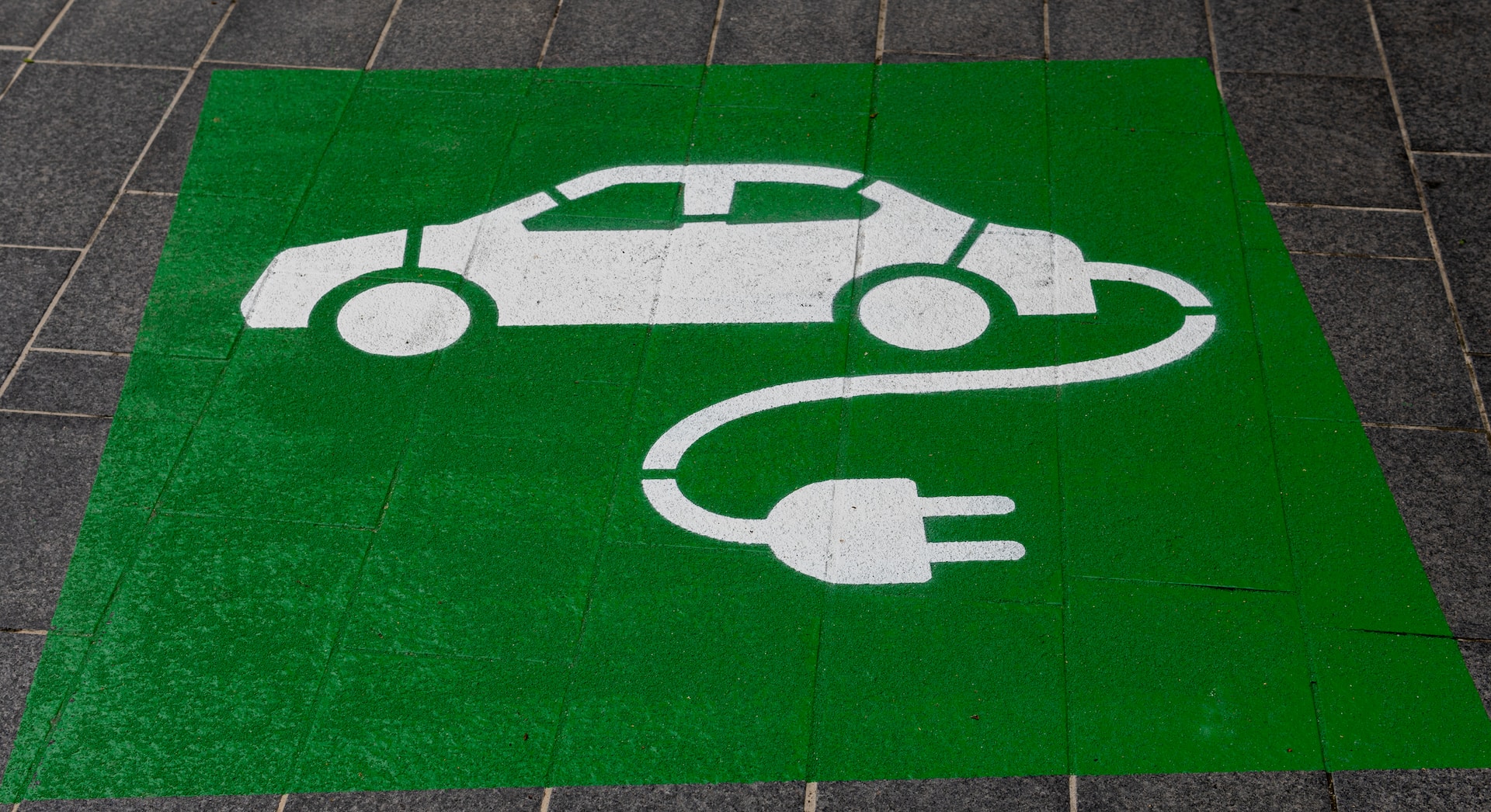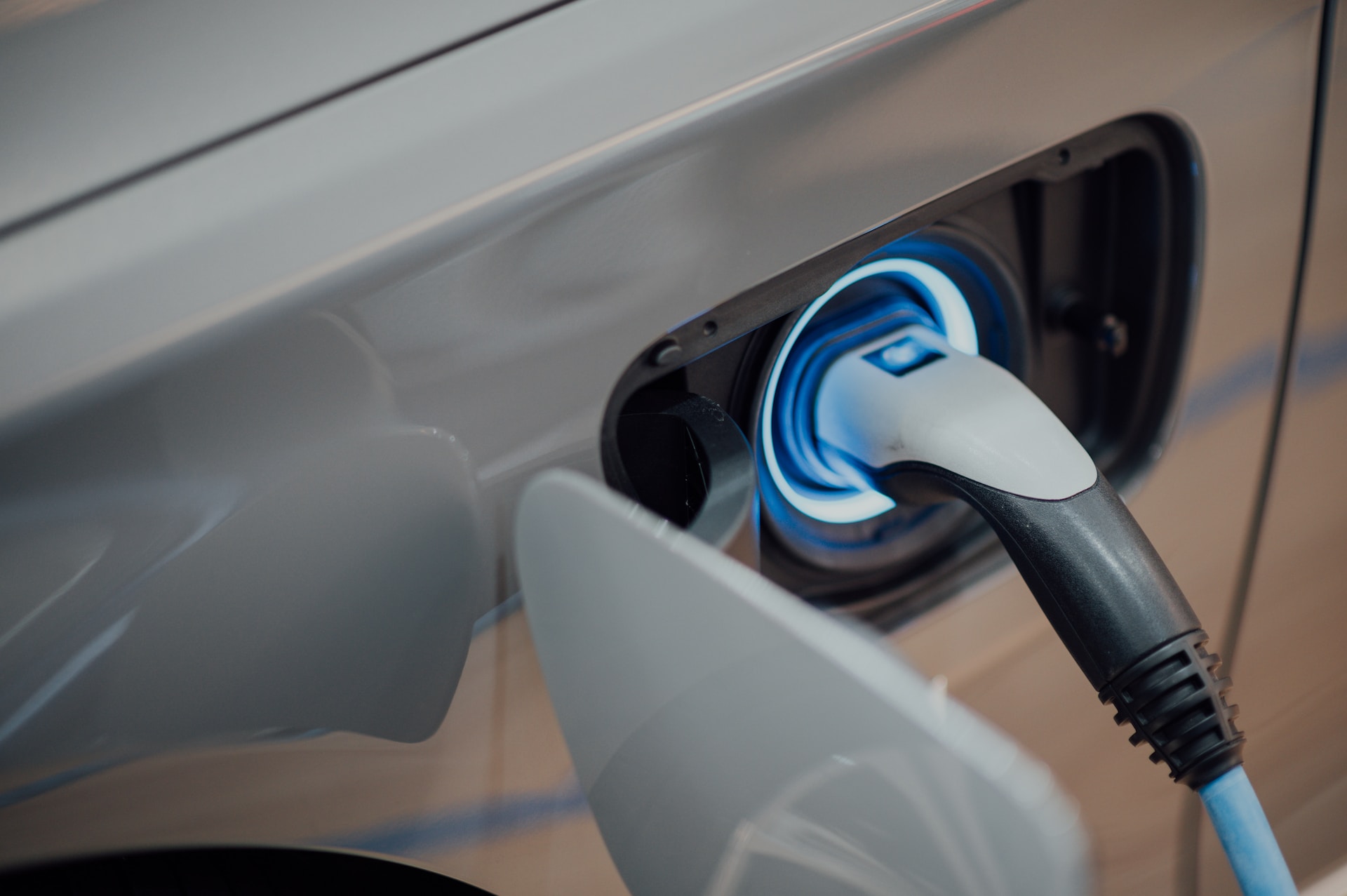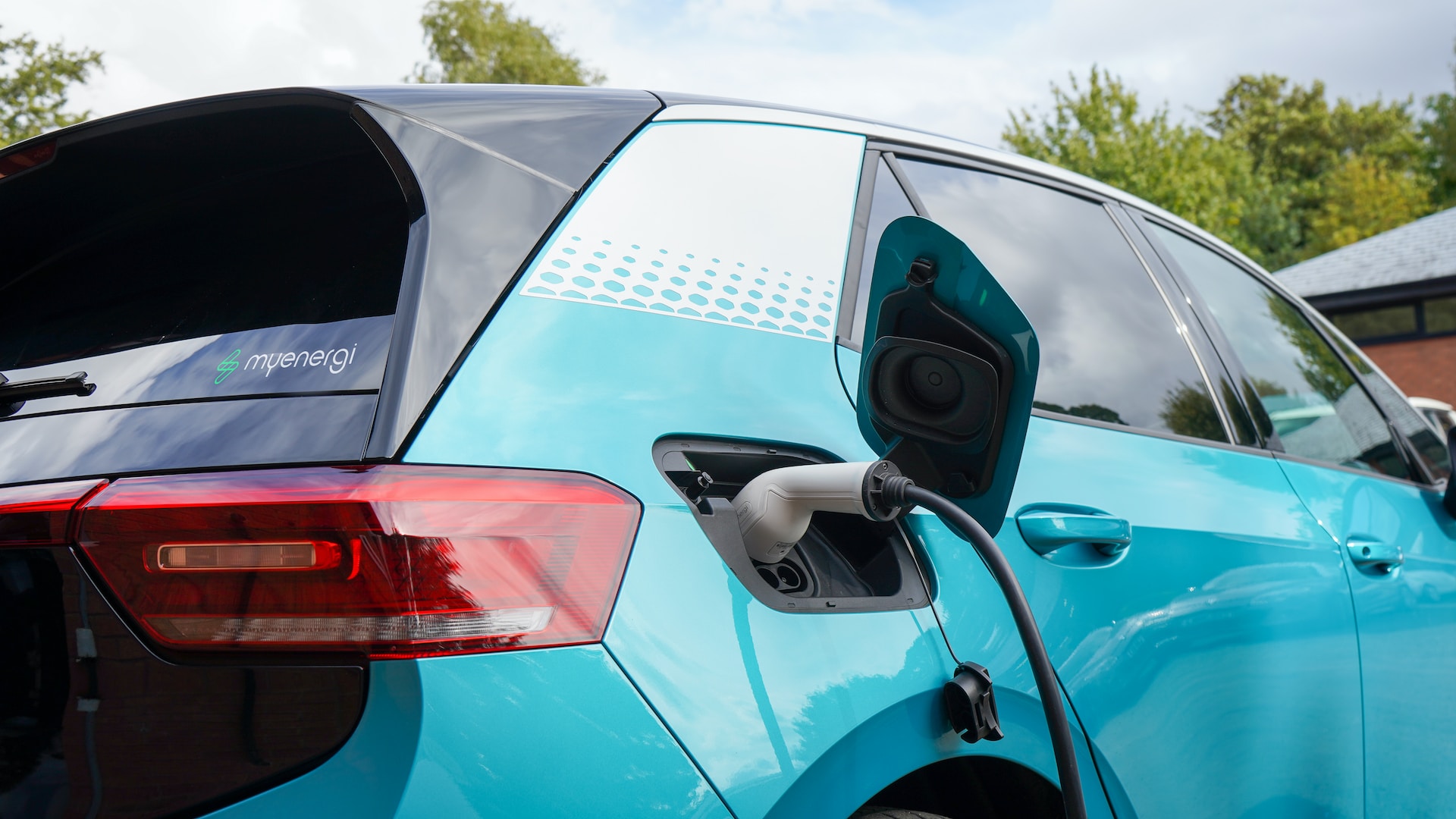It’s been said that electric cars are the transportation of the future. An environmentally friendly alternative to gas-powered vehicles, using electric cars reduces emissions and oil consumption, which results in leaving far less of a carbon footprint. In the sense of practicality, electric cars save you money on gas and maintenance. For both these reasons and more, electric cars are swiftly becoming a popular transportation option.
Fortunately, there are EV charging stations popping up all over the place, so you can charge your car while out running errands. But what if you need to charge your car at home? One way to accomplish this is to build an electric carport in your own garage.
Table of Contents
- Benefits of building an electric carport in your garage
- Plan and prep
- Design and build
- Protect your investment
- Maintaining your electric carport
Benefits of building an electric carport in your garage
Public charging stations for electric cars are a fantastic convenience when you’re out on the road, but what happens when you’re at home, and your car’s battery is running low? Consider building a home EV charge station in your garage. It’s not a decision to make lightly, but having an electric carport in the most logical place – your garage – means that you may never have to use public charging stations again. While it’s true that the cost of charging your electric vehicle at home gets tacked onto your monthly electric bill instead of being paid out at the public charging port, the operating cost is nowhere near that of a gas-powered vehicle.
Here’s a quick look at how much it costs to operate and maintain an electric car versus a traditional gas-powered car:
- Operating costs. The price of gas fluctuates often, with changes often happening daily. The price of electricity is a lot more stable, with months and even years between changes. Providers usually give ample notice when a change in their rates is about to occur. That said, a 2018 study conducted by the University of Michigan’s Transportation Research Institute found that the average cost of operating an electric car is $485 per year, while the average cost of operating a gas-powered car is $1,117 per year – a difference of $632.
- Maintenance costs. Cars with internal combustion engines can rack up maintenance costs over time, whether you’re changing the engine oil or replacing worn-out parts. Even the seemingly small costs add up over time. Electric cars cost less to maintain than those with internal combustion engines since they have fewer parts and don’t require oil. While gas-powered cars were found to cost an average of $30 in maintenance fees in their first year, electric cars cost an average of just $7 in maintenance fees in their first year.
- Rebates and incentives. Federal and state governments offer a bundle of incentives geared toward boosting EV car ownership numbers. These incentives and rebates are intended to offset the typically higher cost of buying an electric car to make the eco-friendly option more feasible.
Outside of the lower costs of operating an electric vehicle, the lower carbon footprint can’t be ignored. Due to the fact that electric cars don’t use fossil fuels or engine oil and don’t produce exhaust, their carbon footprint is substantially lower than a typical gas-powered vehicle – as much as 70% lower, depending on where you are in the world. If you own or intend to own an electric vehicle, it makes sense to spend a little time and money to install a charging station in your home. Not to mention, having one in place may boost your property value and add a substantial perk to a potential home sales listing.

Plan and prep
Before you set about designing and building your at-home charging station, take a good look at your available space and assess whether it’s suitable. In addition, there are a few steps to take before you prepare to build. Here’s what you need to consider before you begin designing:
- Where will you put it? Determine where the EV charging station will be placed in your garage. It’ll need to have proper access to a power source while still being close enough to your car.
- How many plugs will you need? If you have more than one driver in the household, you may require more than one EV car, which means you will need more than one plug.
- What’s the power rating? EV chargers have three power output levels, with Level 3 providing the highest power output and the fastest charging rate. You’ll need to determine how much power is available, where you plan to put the charging port, and how fast your vehicle needs to charge. The output levels break down as follows:
- Level 1: 120 V, 20 amp (AC). Charges at a rate of four miles per hour and uses a standard household outlet with a branch circuit.
- Level 2: 240 V, 40-100 amp (AC). Charges at a rate of 20 to 60 miles per hour and uses an outlet similar to a clothes dryer outlet.
- Level 3: 480 V (DC). Charges at a rate of 50 to 200+ miles per 20 minutes and is used in commercial charging stations.
- Which manufacturer? Different manufacturers put their own spin on their EV chargers, whether it’s through aesthetics, features, or overall quality. Take time to research the manufacturer, including reading customer reviews.
- How will you manage the cables? Technically, charging cables are designed to take a beating since they get heavily handled, driven over, and left out in the elements. Having a cable management system reduces tripping hazards and increases the longevity of your cables. When you are choosing an EV charging port type, consider one that has a cable management system built in.
- What plug type will you use? There are four types of EV charging plugs: Tesla, J1772, ChaDeMO, and CCS. The Tesla plug type is proprietary, so it’s specifically for use with Tesla electric vehicles. The J1772 plug type is universal for Level 2 charging and is found at most EV charging ports. The CCS and ChaDeMO plug types are used for DC Fast Chargers, which are Level 3 chargers.
Design and build
Unless you happen to be skilled at designing and installing EV charging stations, consider working with an experienced professional to ensure the job is done right and safely. Beyond doing your own due diligence in assessing the available space and researching the manufacturers, hiring a respected contractor helps ensure the job gets done well and is up to local building codes. Not only will the contractor be able to ensure a quality build, but they’ll also have a solid working knowledge of local electrical regulations.
Generally speaking, a good contractor will be able to offer their installation services and provide guidance in regard to the location, overall design, and materials choices. They’ll also provide you with a project outline and a proposed timeline for the project. Finally, once the charging station is completed, the contractor will conduct thorough testing to make sure the system not only works properly and safely. This can be done using different power outputs, various configurations, and different vehicles and batteries.

Protect your investment
Your intended charging station will become an important part of your home. It represents an investment, so it’s a good idea to protect it. Home warranties provide a financial safety net for the systems and appliances in your home, but they may be a little slow to catch up with the growing popularity of electric cars and the need for in-home EV charging stations. Your home warranty may not be able to provide coverage for your new charging port, but it’s certainly worth asking your provider. After all, the EV charging station is an appliance that connects to the home’s electrical system.
Alternatively, your EV charging station could be covered by your homeowner’s insurance because it’s part of your home. In this case, the coverage provided may not extend to repairs and replacements in the way a home warranty might. However, you would still be covered in the event that the charging port was somehow damaged by extreme weather, falling objects, or vandalism. In addition to this kind of coverage, the manufacturer typically offers their own warranty. This will have a limited time frame, but it typically covers repairs and replacements in the event the appliance is faulty.
To offer some perspective, here’s a quick look at what home warranties and homeowner’s insurance typically do and do not cover.
While an EV charging station isn’t expressly indicated in the typical lists of what can and can’t be covered by both home warranties and home insurance, it does fall under the heading of an electrical appliance and a personal possession. You may be able to seek coverage through either – or perhaps both – your home warranty and home insurance. This is definitely a case where it pays to ask your providers before you go about installing an electric car charging station in your garage.
Maintaining your electric carport
All electrical appliances should be given regular maintenance, in addition to being kept clean and safe. Your EV charging port is certainly no exception. There are a few things you need to do in order to keep your port running efficiently.
- Follow manufacturer guidelines. The user guidelines offered by the manufacturer aren’t just suggestions – they’re solid guidelines that tell you the best way to safely maintain and operate your EV charging port.
- Monitor and address any electrical issues. This may sound like something you’d need a professional for, but it can actually be simple to do on your own. Check the AC power, clean the connectors, inspect the cables for damage, use the correct cable, and check the voltage. If you do these things regularly, your EV charging port will be better off for it.
- Ensuring proper insurance coverage for the EV carport. Do your due diligence and research the insurance options that are available to you as a homeowner. It may be that your existing homeowner’s insurance – or your home warranty – may provide coverage for the carport, but you may be required to purchase additional coverage on top of your existing policies.
- Safeguarding against theft or damage. Placing your EV charging port inside your garage adds an element of security compared to having it on the outside of your home. In addition to the placement of the station, ensuring the garage is locked when not in use will go a long way toward protecting your port. If you don’t have a security system installed in your home already, that may be something to consider.

Choosing to drive an electric car is an environmentally sound and practical choice. By building an electric car charging port in your garage, not only can you charge your car in the comfort of your own home, but the cost incurred by charging your car will be included on your monthly electric bill, making it easier to factor the expense into your household budget.
It’s important to make sure you handle the installation project properly by assessing your available space and then working with a licensed contractor to design, build, and test your EV charging station to make sure it’s installed correctly and safely. If you’ve opted to buy an electric vehicle and you have the space in your garage for a charging station, it makes financial and ecological sense to have a charging port installed at home.




